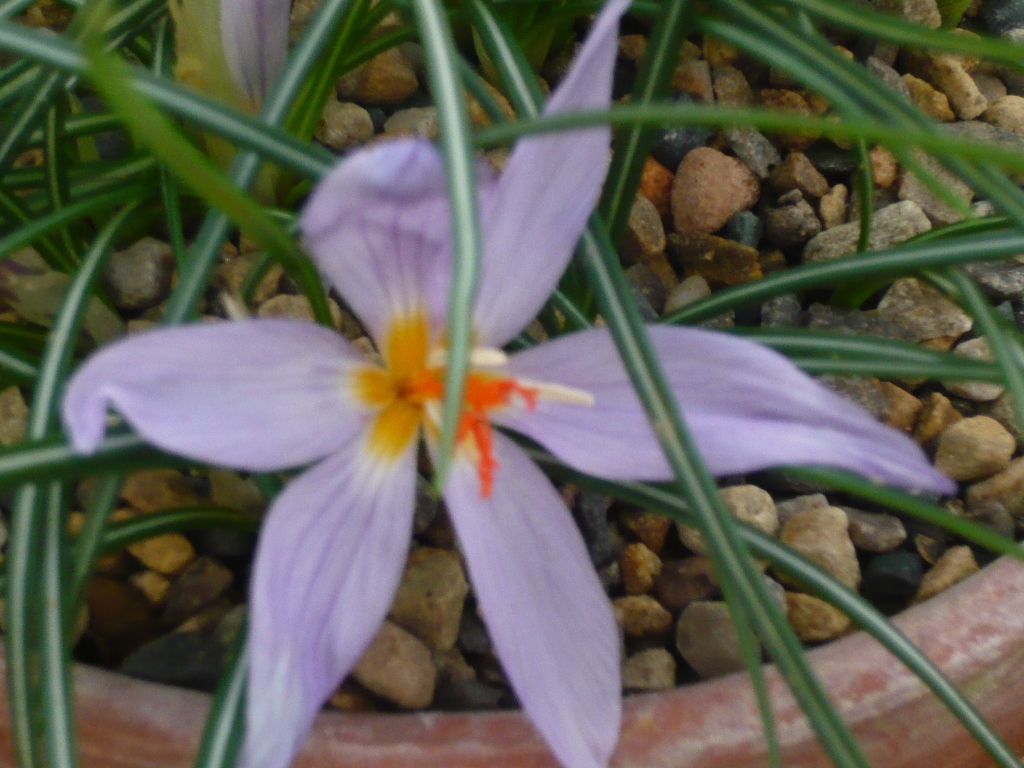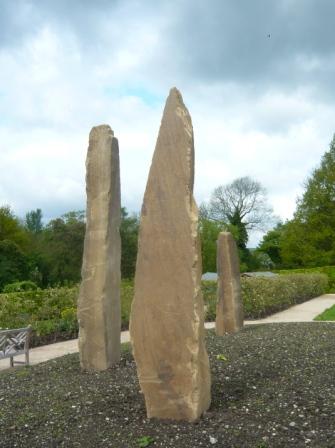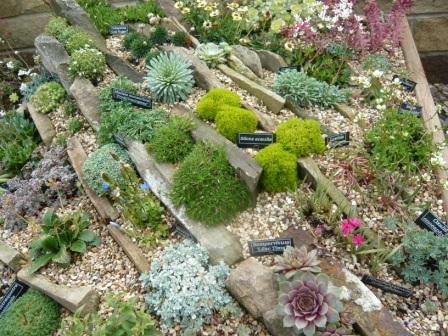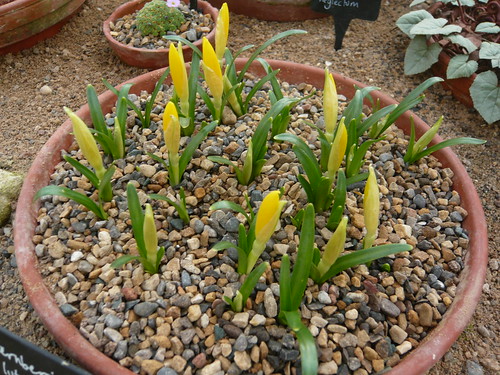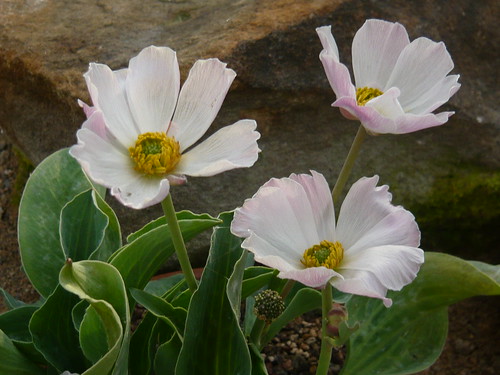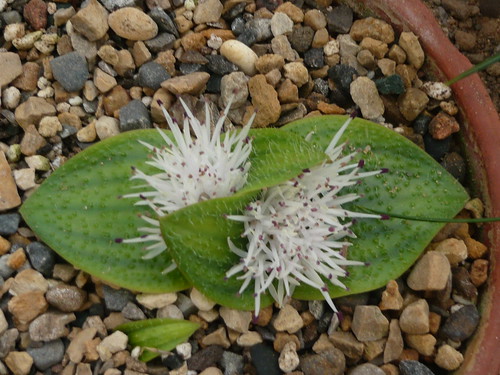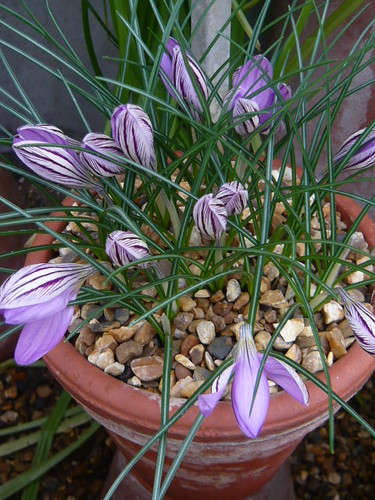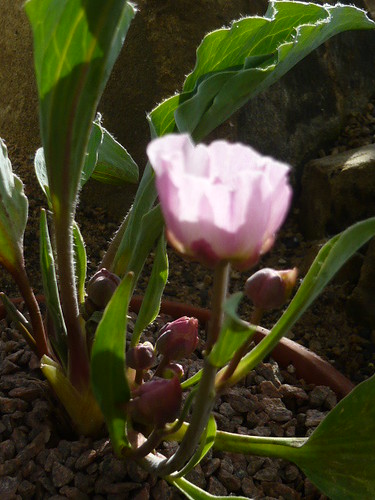Alpine House at Harlow Carr
Outside the 2009 Alpine House at the RHS garden in Harrogate are these new ‘Standing Stones’. I am interested to see if the planting links the new building to the sculptures but some how I doubt it. Possibly they are meant to represent the Alps or just be the start of a new part of the garden.
2012 update shows the stones front the much improved vegetable plots.
The new building, opened in May 2009 for the first time. Is a tour de force and shows what finance and labour has been put in by the RHS and particularly the local Alpine and Rock Garden Group.

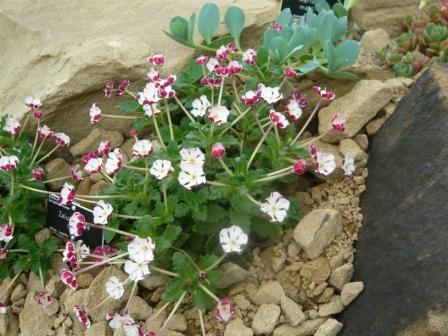
A mixed selection in a 2 meter square raised frame-bed. The sort of thing I want to try in my own garden as it is raised to working height and helps the inspection of small plants.
2012 updates
Tufa walls and more mature sink planters are now paying dividends.
The plant displays always include a good selection of alpines in flower. Crocus and cyclamen were in profusion during November but below are some that took my fancy.
